This was the first post ever on Floating Kitchen! Originally published here on May 3, 2013. I’ve updated the text and photographs. I hope you’ll try out this traditional Armenian Paklava recipe that’s been passed down in my family for generations!
Updating this blog post has been a long time coming. Because this was the first recipe EVER published here on Floating Kitchen! All the way back to May 3, 2013. This was my inaugural leap into the blogging stratosphere.
Paklava isn’t a hard recipe to master. But there is a bit of finesse that goes into it. It’s also not one of the easiest foods to photograph. So I’m not sure what compelled me to make paklava for my first blog post (I certainly could have picked something easier!). But I guess I wanted to honor my family. Because it was our traditions, shared meals and time spent together in the kitchen that initially drew me into this space. So making and sharing our families Armenian Paklava recipe, despite the aforementioned challenges, seemed like the right choice.
And yes, Armenians spell this beloved pastry with a “p”!
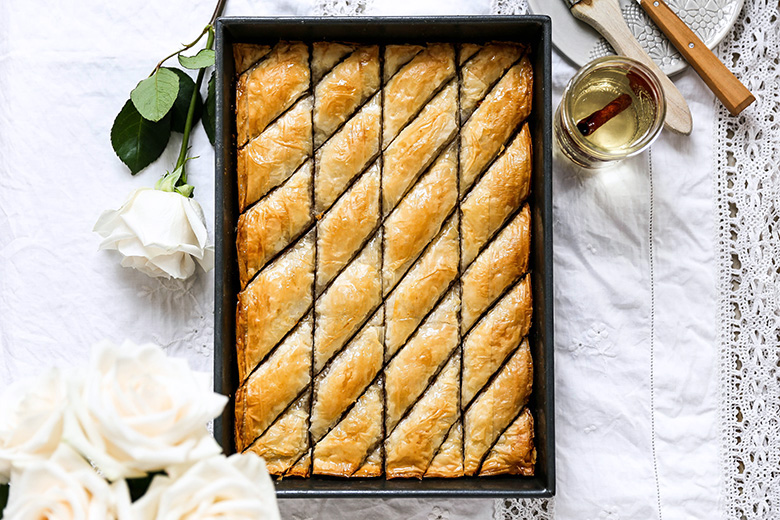
I’ve been making this Armenian Paklava recipe for many years. My family typically enjoys it at Christmas, New Years, Easter and other random gatherings. It’s a quintessential element to any Armenian celebration. And because one tray feeds many, travels easily, and holds up well for almost an entire week, it’s an impressive dessert that’s just begging to be served or taken to a Holiday party. I hope you’ll try it!
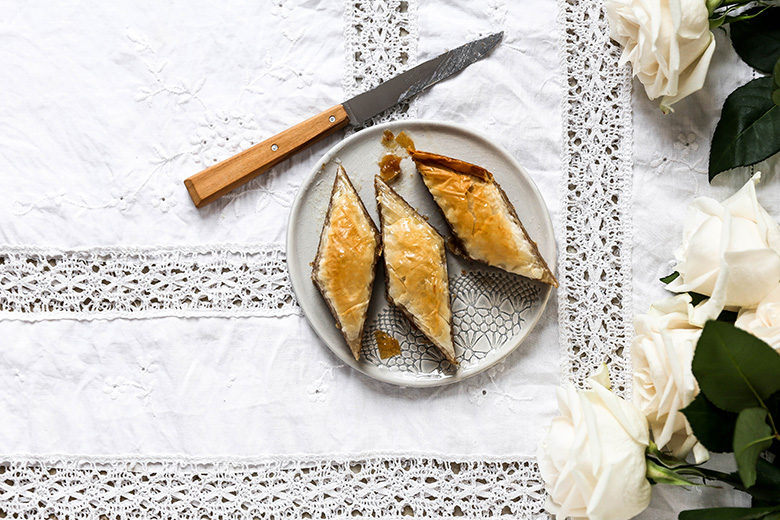
Here are my best tips and tricks for Armenian Paklava:
(1) Read the directions all the way through ( = true for every recipe!) and have all your ingredients and tools ready and within reach before starting.
(2) Phyllo dough is delicate and prone to drying out. Once you open the package, work as quickly as possible to assemble the paklava.
(3) Upon opening the package of phyllo dough, it’s common to find some of the sheets already torn. Use those for the bottom layers. No one will ever be able to tell!
(4) I always purchase two boxes of phyllo dough. I like to have a backup. If you don’t open it, you can freeze it for a later date.
(5) Use a pastry brush with natural bristles. Silicon pastry brushes are too firm and will tear the phyllo dough.
(6) You’re going to be spreading a thin layer of melted butter on EVERY single sheet of phyllo dough. Don’t skip this step.
(7) You must cut the paklava before baking it. This step can be challenging because the knife will catch/tug at the phyllo dough. To lesson this, I hold the pastry brush in my other hand and guide it alongside with the knife to help hold down the top layers of phyllo dough as I make the cuts. Don’t worry if you don’t cut through every layer at this point. You can go over the slices a second time after baking to ensure the pieces are freed all the way to the bottom.
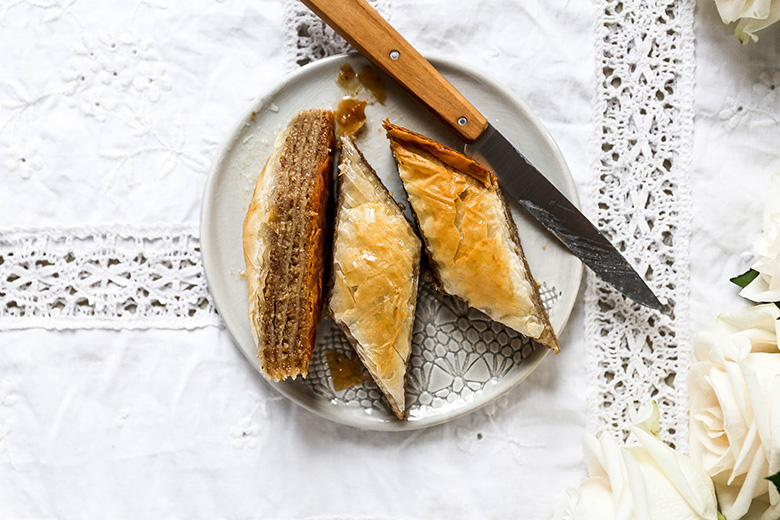
Questions? As always, feel free to reach out and ask. And if you make my Armenian Paklava recipe, I’d love to hear about it!
Cheers,
Liz
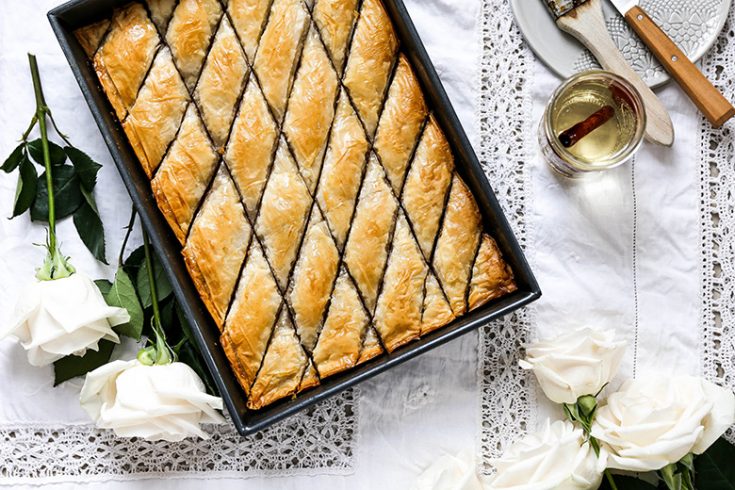
Armenian Paklava
Ingredients
For the Paklava:
- 4 cups chopped walnuts
- 1/3 cup granulated sugar
- 1 tsp. ground cinnamon
- 1/8 tsp. ground cloves
- 1 1/4 cups (20 tablespoons or 2 1/2 sticks) salted butter, melted
- 1 lb phyllo dough, thawed if frozen
For the Syrup:
- 2 cups granulated sugar
- 1 1/3 cups water
- 2 tsp. fresh squeezed lemon juice
- 1 cinnamon stick
Instructions
- Pre-heat your oven to 350 degrees.
- In your food processor fitted with the blade attachment, pulse together the walnuts, sugar, cinnamon and cloves until everything is well combined and the mixture resembles coarse sand. Transfer the mixture to a large bowl and set aside.
- Open and unroll your package of phyllo dough.
- Using a pastry brush with natural bristles, brush a thin layer of melted butter on the bottom and sides of a 9 X 13-inch baking pan.
- Take one sheet of the phyllo dough and lay it on the bottom of the pan, folding in the overhanging side to fit. Since you’ll be making a two-thirds fold with each sheet, you want to remember to alternate the direction of the fold each time you make a new layer to prevent one side of the finished paklava from being thicker than the other side. Using the pastry brush, immediately brush a thin layer of butter over the entire sheet of phyllo dough. You can also use the pastry brush to push down the phyllo dough around the sides of the pan, helping to creating a cleaner and more even edge.
- Repeat this layering process with three more sheets of phyllo dough. Then evenly spread a rounded cup of the walnut mixture over top of the phyllo dough.
- Repeat this process a total of three more times, but now using only three sheets of phyllo dough for each layer.
- After the last layer of the walnut mixture, layer four sheets of phyllo dough to make the top. Then using a sharp knife, make four vertical slices through the assembled paklava. Next, start in one of the corners of the baking pan and make slices on the diagonal to create the diamond shapes. You can use the pastry brush to help hold down the layers of phyllo dough while you slice through it with the knife. And after you’re done, any pieces of phyllo dough that moved or got misshapen can be re-adjusted with the pastry brush.
- Pour any of the remaining melted butter through the slices on the paklava. Then transfer the baking pan to your pre-heated over and bake the paklava for 30-35 minutes, or until the top is lightly golden. Remove from the oven and set aside to cool.
- While the paklava bakes, make the syrup. Combine all the ingredients in a medium saucepan over medium-high heat. Simmer, uncovered, for 10 minutes, stirring occasionally. Remove the saucepan from the heat and let the syrup cool to room temperature.
- Once the paklava is cool, go over all the slices a second time with your knife to make sure the pieces are cut all the way through to the bottom. Then slowly pour the cooled syrup between the slices. I typically use about two-thirds of the syrup, but you can use more or less depending on your desired level of sweetness.
- Let the paklava rest in its baking pan for about an hour before serving to allow time for the syrup to absorb into the layers.
- Leftover paklava can be stored in your refrigerator for 5-6 days.
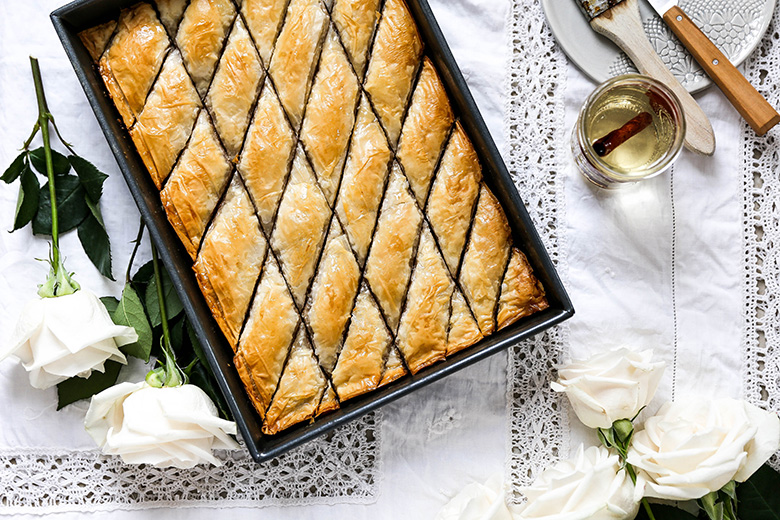

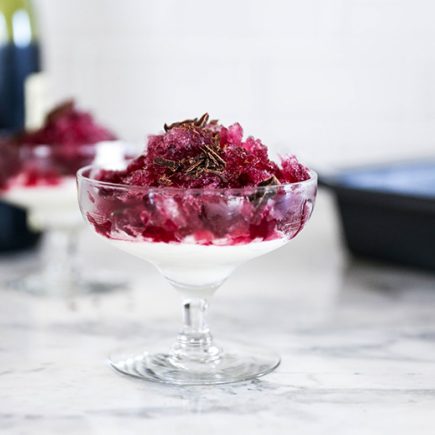
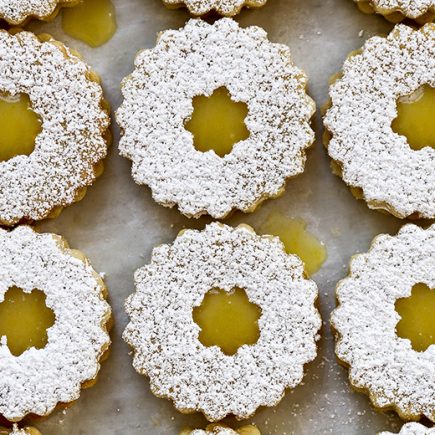
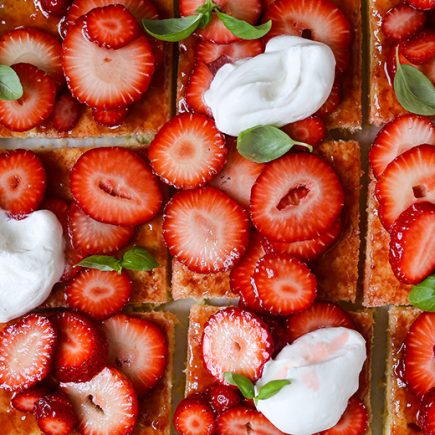

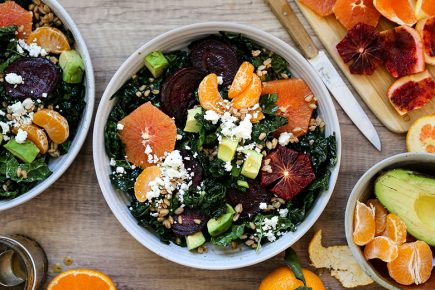
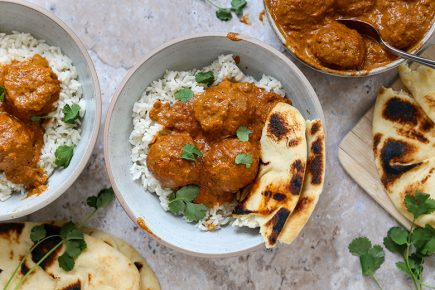
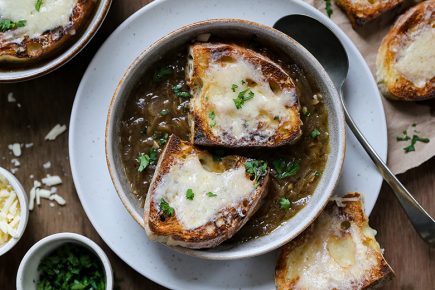
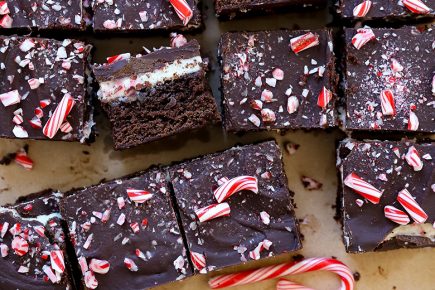
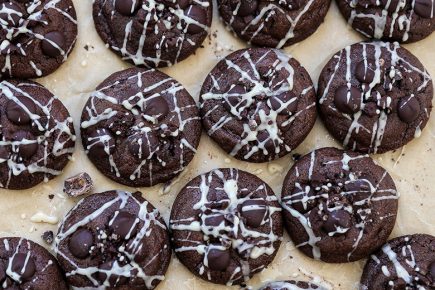
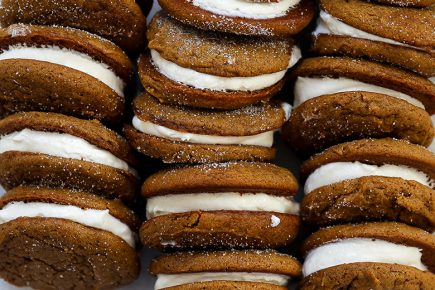

YES! I constantly have to explain that there is a difference between Paklava and Baklava. I grew up on it at time when Grandma made the dough from scratch. I can still visualize her rolling it with a broom stick and throwing it over her arms to stretch it. I use twice as many walnuts as pecans, leave out the cloves, and add vanilla and cinnamon powder to the syrup instead of lemon. Tiny differences so I still consider it traditional! I do sent it through the mail as Christmas gifts and it seems to hold up well. At least no one has complained all the years I have been sending it off.
That’s great Linda! I’ve never thought to mail Paklava before. Maybe I’ll try it! And I can’t even imagine how labor intensive it would be to make homemade phyllo dough. Glad we have the convenience of the packaged stuff!
I was thrilled to see the word Paklava instead of baklava…. and yes, I also grew up eating this wonderful pastry. Most recipes say pour syrup over the pastry, however, it is too sweet for my taste, putting syrup between the cut pastry edges works just fine as you suggested. Thanks again for putting your recipe on the net and using the Armenian spelling … PAKLAVA, …
Glad to see there are some other Armenians checking out my blog 🙂
I purposefully Googled Paklav looking strictly for an Armenia version! I do alter the syrup recipe. Thanks for posting.
So glad you found me!
Our book club is reading “”The Sand Castle Girls” written by Chris Bohjalian. The story takes place during the horrific (unknown) Armenian genocide. He mentions Paklava numerous times and I am attempting to make it for our next meeting. Glad to have found you.
That’s great! I haven’t read that book, but I’d love too. I’m going to look for it!
Before cutting the “P”aklava put in refrigerator for at least 1/2 hour – I use a sharp serrated pointed knife and cut – easy as pie – I mean paklava
Good tip Diane! I’ve never tried that before. Will do next time!
Hi Liz,
After experiencing Paklava for the first time at an Armenian food festival in Hartford, CT, I’ve been wishing for someone to show me how to make it. But then I realized that I could probably learn from the internet. After reading about 10 recipes, I decided on yours with the addition of almond extract to the simple syrup. I was delighted when it came out near perfect and my Armenian wife told me it was just as good as grandma’s! Thanks for sharing your family recipe. It has revived a tradition! Next we are traveling to Turkey to see her ancestral homeland. I can’t wait to try the food. Happy holidays.
Oh my gosh! This is so great! I’m delighted to hear that it came out so well AND so authentic tasting! That’s wonderful. Happy holiday to you as well and I hope you have a wonderful trip to Turkey. And of course, get to eat lots of wonderful food!
Only ever heard of the “B” word (which I have never seen or eaten) until watching BBC BEST BAKERY 2012 and the had Paklava. When I looked it up I found this difference in spelling is a difference in country.
Anyway I have swiped your recipe and have every intention of making and trying this finally!!!
That’s great that you found me and my paklava recipe, Suzi! Let me know how you like it!
My Armenian roots have been disappearing quickly in my family. My dad came from a large family and it seems as if no one is living anymore, sadly. So I am on a mission to bring back some Armenian food at family gatherings. I can’t wait to surprise them with this delicious recipe.
Thank you so much for this amazing comment, Kelley! It totally made my day. And I can totally relate. My Armenian relatives are also disappearing. But I don’t want all the wonderful traditions and memories to disappear too. So I’m trying to keep things alive the best way that I can – in the kitchen!
I really hate explaining the difference of paklava and baklava lol and why I make it with walnuts and not pistachios, also why I use simple syrup and not honey. Reading this makes me feel less crazy bc as a child my family would tell me the differences, but it seemed like only my family knew there was a difference and not the rest of society. Thanks for this, the simple syrup is always the hardest to judge, I have found letting it rest for a while before adding it so it doesn’t get too gooey at the bottom and soaks it up right.
Thanks, Jillian! Yup, there are totally other people out there who know the differences between paklava and baklava! Thanks for reading! 🙂
Thank you for acknowledging the difference from Baklava. I made some PAKLAVA for a work party today and everyone was very interested in it’s origin (I put out a sign much like the opening to your blog “Yes, I spelled it with a “P””… All was great until the Greek woman with a bad attitude came up, told me I misspelled HER county’s dish and made it “wrong” having used simple syrup, not honey. By then, I had several people hovering, waiting for more who schooled her on the difference. 🙂
Glad everyone at work loved it – no matter what the name! 🙂
Thank you for posting this. My Armenian family’s recipe is very similar, almost exact. I don’t always add the syrup – sometimes we just eat it dry – it’s less sweet and oh so yummy. Another note, whether syruped or dry – it freezes really well. I take over half of the pieces, once cooled for at least an hour, and put them in the freezer. When I want a piece or a few pieces, I take them out of the freezer and let them sit for at least 10 minutes – and consume! It holds its crispy layers just fine. I’m not sure how long it could stay in the freezer until freezer burn sets in – but I’ve had mine in for about 2 weeks now and it still tastes fresh.
Great tips about the freezing! I’ll have to try that!
Best brand of phyllo dough?
Is there a reason not to use honey in the syrup?
This is the traditional Armenian version. We don’t use honey in our paklava.
Abres! to all my fellow Armenians and friends of Armenian cuisine. They say foods brings people together and I am so happy that this wonderful recipe for paklava has done this.
Keep writing ur recipes so that we can all enjoy them.
I love how food brings people together!
Darned right it starts with a “p”!! What a great first post to choose. Brought back memories of me making paklava in the kitchen with my mother and grandmother. It was always easier and more fun to make filo desserts with a second (or third) person.
Thanks, Kim! I have so many wonderful memories of making and eating this is my family, too. I think it’s time to re-vamp the photos on this recipe! 🙂
So excited to find this post (six years after you first posted it lol) I am taking my tray of paklava to the church picnic today (St Gregory’s I’m North Andover) and since you live near by please stop by – I’m at the pastry table with my red headed Armenian daughter. I need to find the measurements for the shakar chor (syrup) so that’s how I found you. Believe me, I will be making some of your delicious recipes – I just signed up for emails. Yay!! 😉
Awww Susan that’s so great that you found me! I hope you’re event was fantastic! Cheers!
Thank you, I am making paklava and am confused as to whether the simple syrup should be warm when poured over the cooled paklava or can it be room temperature. I am making a day ahead. I plan on storing the paklava dry and then pouring the simple syrup on an hour before serving but should it be warm?
Thank you,
Joy Aaronian Pappas
It can be slightly warm or at room temperature. Sometimes it can get thick as it cools, so you might find it easier to pour between the cracks when it’s warm.
Hello Liz, a couple years ago we brought 3 senior Armenian women (all over 80 yrs old) together in the kitchen to show some of us their techniques. I told them my paklava phyllo sometimes got gooey. They said that in order to stay crisp, the syrup and baked phyllo should not be the same temperature. Either pour cooled syrup on warm phyllo or vice versa.
They also set the phyllo sheets on a clean cool slightly damp (not wet!) thin (linen like, not fluffy) dish towel and would lightly drape/fold it over the stack of unused phyllo sheets occasionally while applying butter between sheets to keep phyllo from drying out and crumbling if you’re not a speedy worker. Loved your other tips as well i.e.using natural bristle pastry brush, etc. True. It was a wonderful day filled with laughter and stories. One that I will keep as a treasured memory.
Never heard of that temperature trick before (although I don’t ever have a problem with it getting gooey). Thanks for sharing!
Good Morning. Thanks for posting this recipe for paklava. I enjoyed reading the back story about you and your family. I, too, have the same Armenian roots and similar memories growing up. As I prepare for Christmas, the boerag have been formed and frozen as well as the kourabia, and mahmoul. Most of my extended family is still in Watertown, MA, but I am just a stones throw from you over the MA line in Dracut! Wishing you happy holidays. Thank you for sharing our collective pasts.
So happy you wrote me note, Lynn! Mmmm….boerag is my favorite! Sounds like you are making a nice Armenian feast! Enjoy your Holidays! 🙂
A stunning tradition, Liz. Beautifully created!
Thanks, Traci!
Liz – Thank you so much for sharing this recipe. My grandparents, too, were genocide survivors and like you, I am 1/2 Armenian.
We ate Armenian food every Sunday night growing up (thanks to my grandmother) and of course, on Christmas and Easter. While I kept my grandmother company a lot in the kitchen, I didn’t jump in and cook with her. So, today, I need to start re-creating for my family.
We are having our first Armenian Christmas in many, many years – I ordered the Lahmajoon, Booreg, and Soojek from Massachusetts but I’m making the Kufta, Paklava, and Eetch (thanks to you!).
With Gratitude! Merry Christmas!
I love hearing this, Missy! I’m so glad you found me/my recipes. I hope all your Armenian dishes turn out wonderfully! Have a great Holiday!
I made this 12/25/19 for a large family dinner and it was delicious. The recipe was so easy to follow. Everyone loved it. Thank you.
That’s great, Nikki! Merry Christmas!
I enjoyed reading all the posts. I’m especially interested in understanding the differences between Baklava and the Armenian Paklava. Growing up I always heard my Armenian family call it Paklava but never saw it written with a P. Everywhere I saw it written it was Baklava with a B. Now I understand why everyone pronounced it with a P! My grandparents family were genocide victims. God bless and Thank you for sharing your traditions.
Thank you for reading and for sharing your story, Roby. Happy New Year!
Nice to hear someone mentioning making the phyllo/yufka from scratch! (What’s the Armenian word?). It’s a bit of a task to be sure, but if you have a big enough table and are willing to mess it up a few times as you learn, it’s not quite as difficult as one would imagine. Because….gluten. 🙂 And it makes such a huge difference! Why? Because the commercial stuff is drier while the freshly made one puffs up into the most amazing delicate crispiness…
Yes that is on my bucket list for sure. I’ve never made homemade phyllo – I’m scared! 🙂
Great recipe, that is until I saw the syrup is based on sugar, instead of honey.. The only question that interests me in any paklava is “Is this made with honey or sugar based syrup?” Was a bit disappointed to see a sugar based syrup here. Strongly suggest you move to real honey – you will rediscover this great dessert for yourself 🙂
Armenians make paklava with simple syrup, not honey. I’m Armenian and this is my families traditional recipe. No “rediscovery” required.
How did I miss this masterpiece, Liz? Your paklava is absolutely gorgeous! (Autocorrect is trying awfully hard to convince me it’s baklava. Nope. No it’s not 😉 I’m loving those perfect layers. Will definitely be making this soon!
Awww thanks, Caroline! And yeah I have the same problem with the autocorrect! 🙂
I am ½ Armenian. My father who just died at 104 was from Armenia as we’re my Grandparents. I have found that making Paklava over the years , that the syrup is definitely a personal taste. We prefer to use sugar and water boiled with an addition of ROSE WATER. The finished product is not as sweet and has a hint of “freshness” that traditional BAKLAVA lacks. The one steadfast rule that I’ve always heard and practiced is that you should ALWAYS add very cold syrup to hot baked paklava or very hot syrup to cold Paklava. I prefer to make my syrup and chill. When the paklava comes out off the oven I add my syrup. You will hear a sizzle.
Another trick I learned is that to avoid curling edges on your dough, heavly butter the top layer before cutting but then very lightly sprinkle with water. My Paklava lays nice and flat! Also: we use either clarified or salt-free good quality butter between the layers.
I’ll try with a bit of rose water next time. Thanks, Judy!